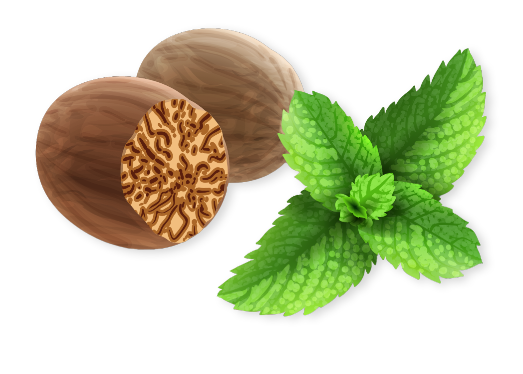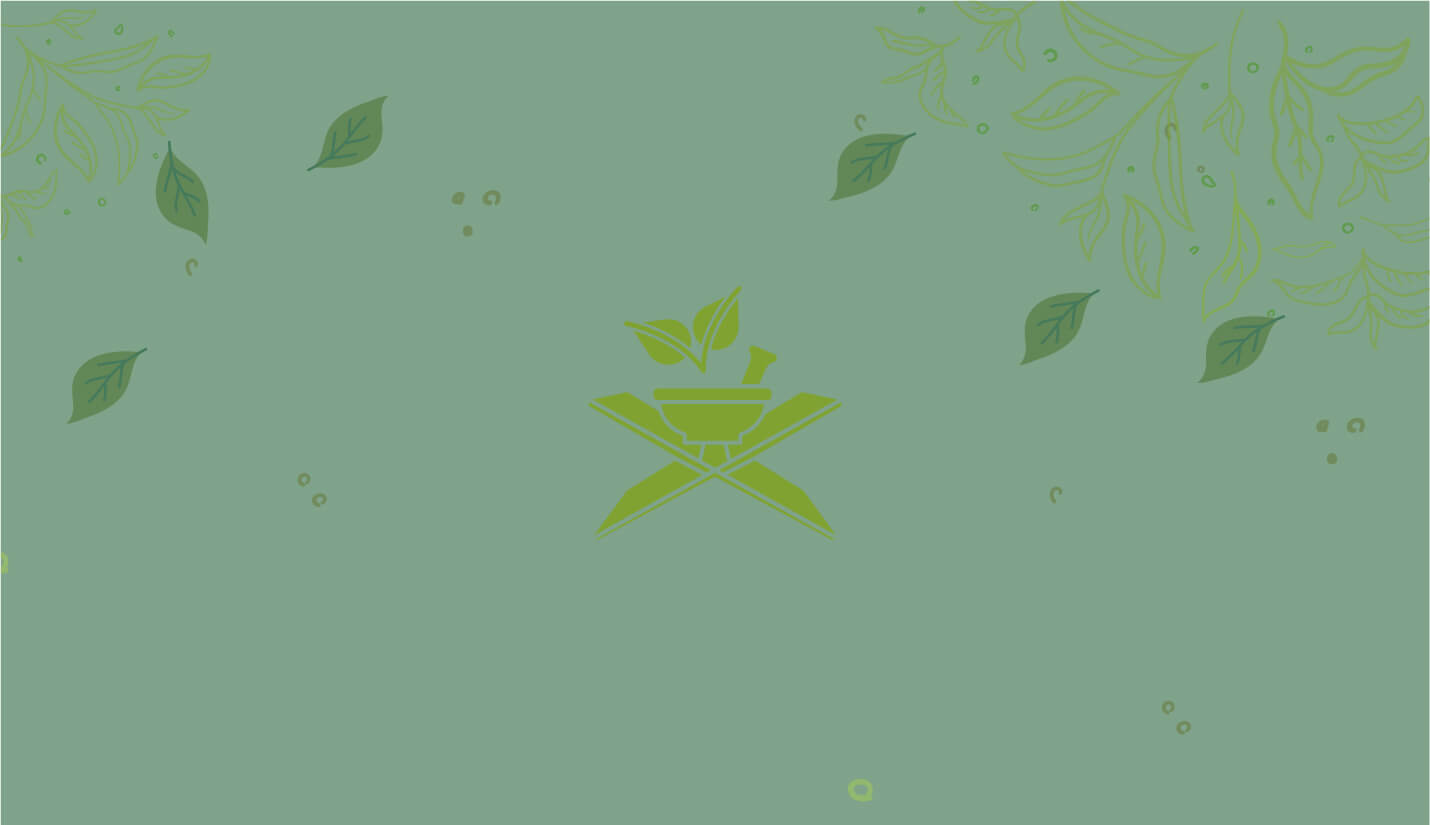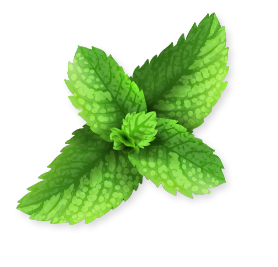A complete guide to Hemorrhoids and the treatment modalities
Thursday, December 8, 2022Haemorrhoids, also known as piles, are a common and often embarrassing condition that many people have heard about. In simple terms, piles are swollen or inflamed veins located in the lower rectum or anus. Piles can cause discomfort, pain, and irritation for patients, especially during sitting or bowel movements. The severity of these symptoms may vary.
It is interesting to note that many people have piles, but nearly half of them are unaware that they do. Despite this, piles are a significant condition that can significantly impact the quality of life. Over 10 million new cases are reported every year in India alone.
Various Types of Piles
Piles can generally be classified as either external or internal. Internal piles are not visible from the outside, although in some cases they may protrude from the anus. Prolapsed haemorrhoids, which are particularly painful cases, can be classified into four grades based on their ability to return inside the anus.
External piles appear as small lumps under the skin in the area around the anus and can cause intense itching and/or pain. A person can have both external and internal piles at the same time. Please note that thrombosed external piles that form clots require immediate medical attention.
Signs
Although some piles do not cause any symptoms, those that do typically produce some level of itching, pain, or discomfort in and around the anus, particularly during and after passing stool. You may also notice some bleeding after passing stool, which may appear as dripping in the toilet or on your underwear.
In some cases, piles can lead to faecal incontinence, slimy mucus discharges, infection around the anus, ulcer formation on external piles, and other complications.
Root Causes
Piles can occur for a variety of reasons, including straining to pass stool, chronic constipation or diarrhoea, or consuming a low-fibre diet. Less common causes of piles may include stress-related factors such as regularly lifting heavy weights or having a persistent cough. Anal intercourse has also been linked to the development of piles.
Piles can also develop as a result of ageing and the resulting weakening of the anal canal. They have also been linked to obesity and pregnancy.
Diagnosis
A physical examination by a doctor can help confirm the presence and location of piles. External piles can be visually identified, while internal piles can be examined using a proctoscope, anoscope, or sigmoidoscope.
Management
Although many piles will shrink on their own, persistent piles may require treatment with medication or minimally-invasive procedures.
- Medical treatment options for piles may include the use of fibre supplements, laxatives, painkillers, soothing ointments or suppositories, and products containing corticosteroids to reduce swelling and inflammation.
- Para-surgical treatment options for piles may include Lord’s dilatation, Barron’s band application, cryosurgery, hemorrhoidectomy, sclerosant injections into the pile, or direct current electrotherapy to destroy it.
- Ayurvedic treatment options for piles may include the use of concentrated medication solutions such as Kshara Karma or para-surgical procedures like Kshara Soothra or medicated thread banding, which are known to be effective and safe.
The good news is that with lifestyle changes and medical guidance, piles can be effectively treated.
You can write to us.
BOOK APPOINTMENT



























